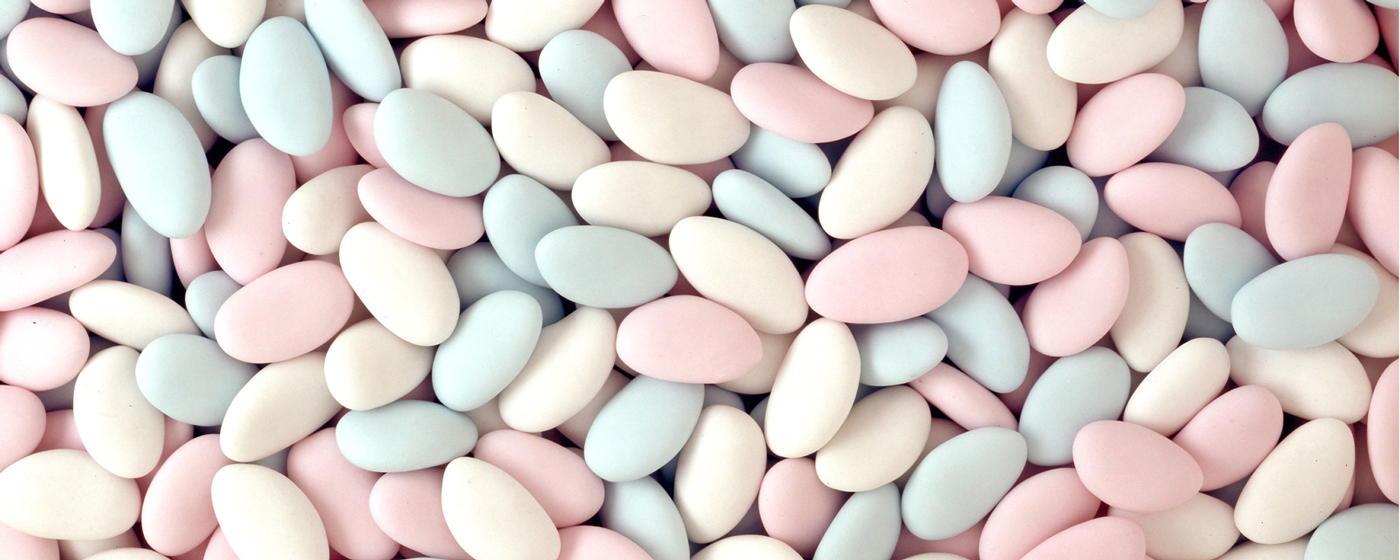

APPLICATION
Panning of a confectionery centre with a hard sugar-coating
A hard-panned candy has a smooth surface aspect, which is enhanced by a shine. The external layer is made of crystallized sugar. According to the sugar layer thickness, the candy offers a light or hard, crunchy bite. Many factors contribute to an appealing result.
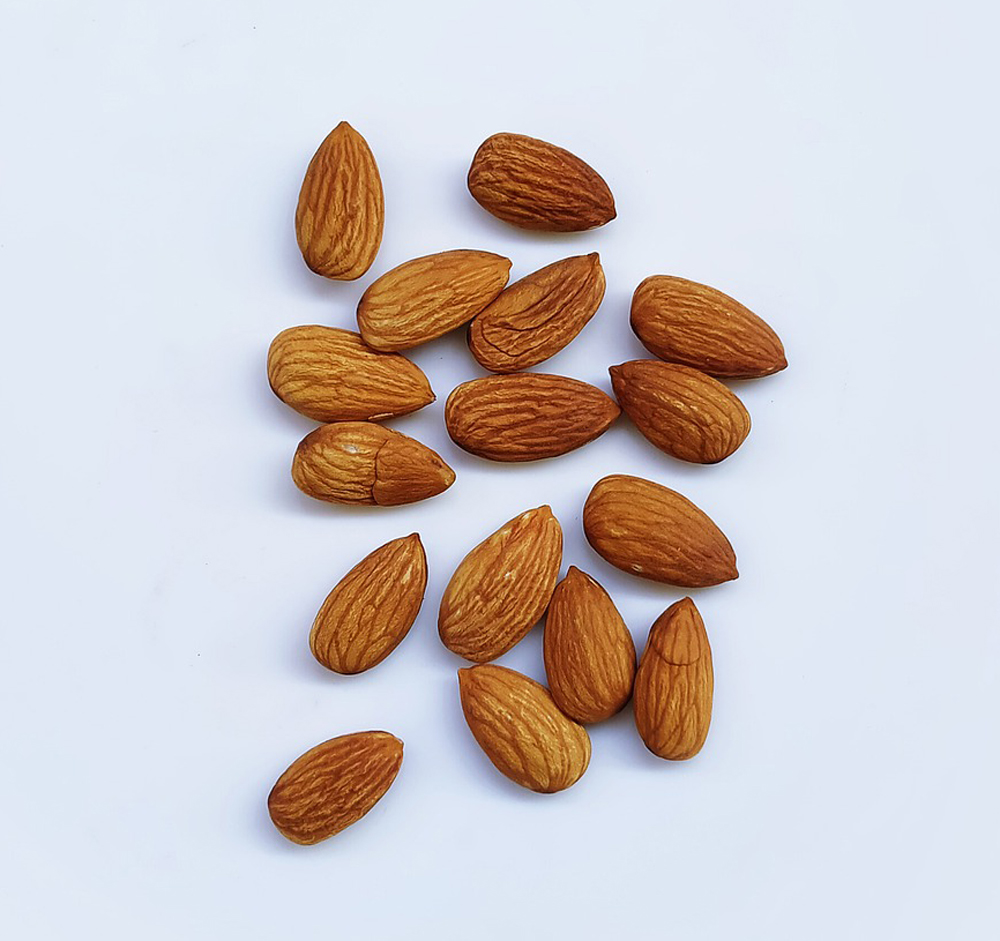

BASE
Core products
The cores are of multiple types: nuts (almonds), chocolate (eggs, lentils…), dried fruits, and chewy gum. Tiny cores, such as a sugar crystal, or a licorice particle, can be used.
RECIPE
Ingredients
The preparation requires a concise list of ingredients:
- Sugar
- Water
To which are added small quantities of :
- Gum Arabic, starch
- Colours and flavours
The final dry solid content range is 70 – 80 %.
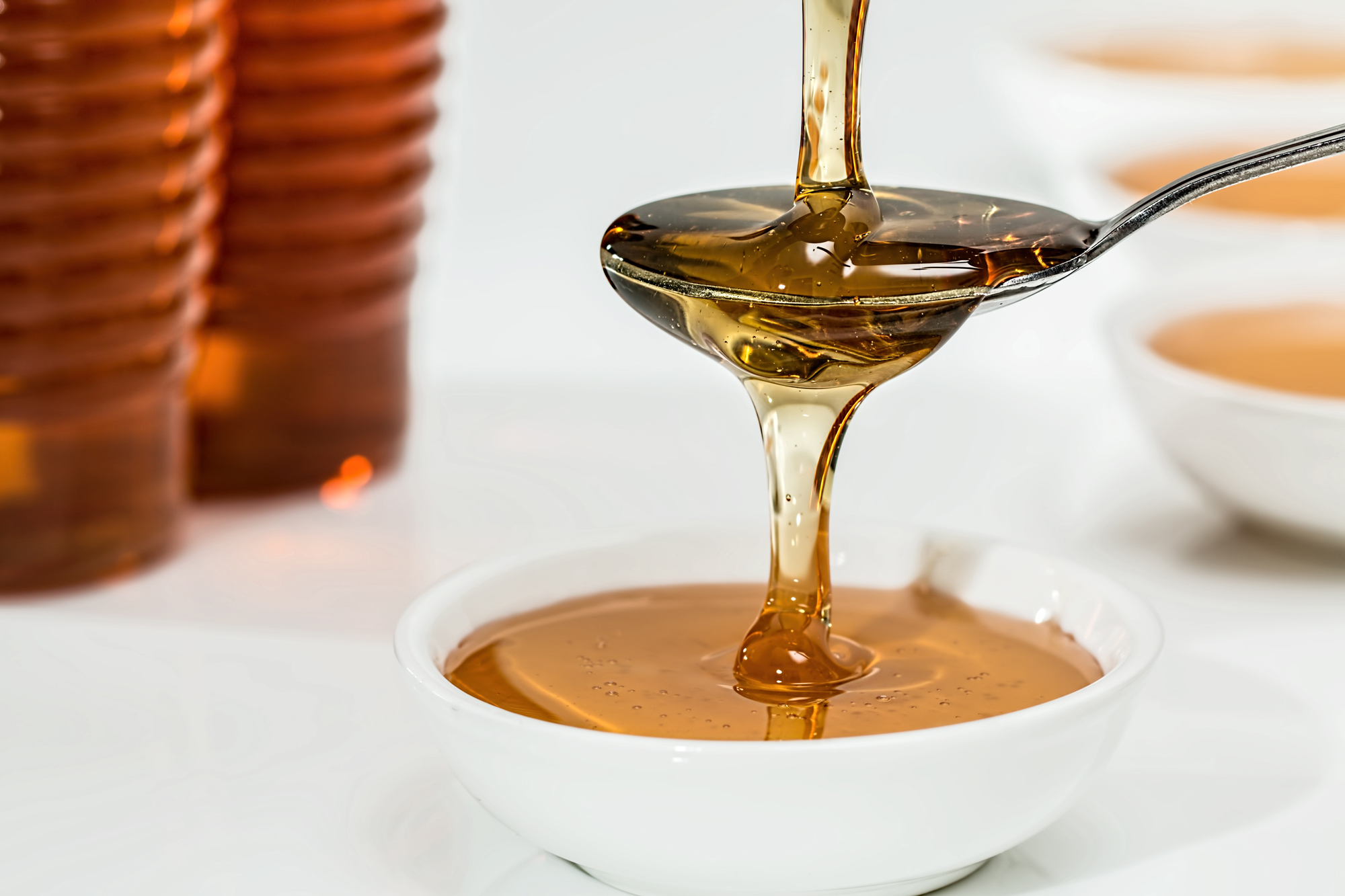





RECIPE
Ingredients
As the nuts are fried in oil, the remaining oil on the product could be used as an adhesive for a flavouring powder. But oil is quickly absorbed, and the nuts may be coated a while after they have been fried.
Therefore, vegetable oil is further added to the fried nuts. The nuts are flavoured with powdered salt or flavours. Flavours are a mix of salt, taste enhancers, starch, and spices.
PROCESS
How does it work?
It is a batch operation with repeated sequences of syrup addition and drying. Different layers can be successively applied:
- Initial gumming
- Engrossing with a concentrated syrup
- Smoothening with a diluted syrup
- Whitening with a titanium dioxide or starch suspension
- Colouring and flavouring
Drying uses necessarily dry air obtained by heating and dehumidification. The total process time ranges from 2 to 8 hours, depending on the sugar layer thickness. After coating, the product must be stored in a stove at a regulated temperature and moisture for 12 – 24 hours to finalize the drying.
Step 1.
Syrup application +1 – 3%.
Step 2.
Dispersion by rotation and friction.
Step 3.
Drying with warm and dry air.
Step 3.
Repeat the sequence to achieve the desired thickness.
PROCESS
Coating system
The operation occurs in a coating pan. The revolution of the pan causes a smooth tumbling effect. Baffles can enhance mixing. Coating pans differ in shape (ball, cylinder) and size (600 mm to 3 m diameter), with respective small 50 – 250 kg to large 250 – 3000 kg capacities. The syrup application occurs by dribbling or spraying. A fully automated operation requires automatic loading, discharge, air blowing and exhaust, syrup preparation, and dosing, and cleaning in place.
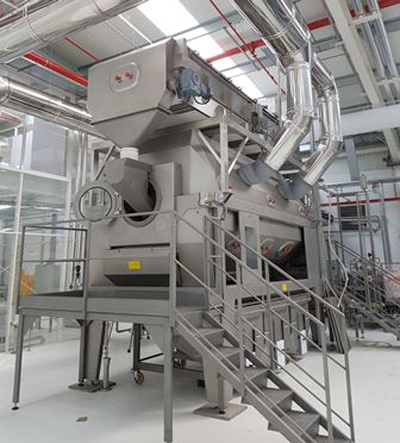

PROCESS
Coating system
Hard panning can be made in a small lab coating pan to fine-tune recipes. For more significant production, rows of coating pans are installed. Syrup application and drying can still be monitored manually.
Automation brings consistency and productivity. Shapes may be spherical or cylindrical. Pans can grow in size to cope with the volume. Beyond a limit, large cylinders are fully equipped with automated feed, syrup spraying, air drying, and discharge devices.
Photo Coating pan IDA 200X courtesy of Dumoulin SA, Franc
PRODUCT EVALUATION
How do you measure your success?
Key quality features
The presence of a sole wrong item affects the whole lot.
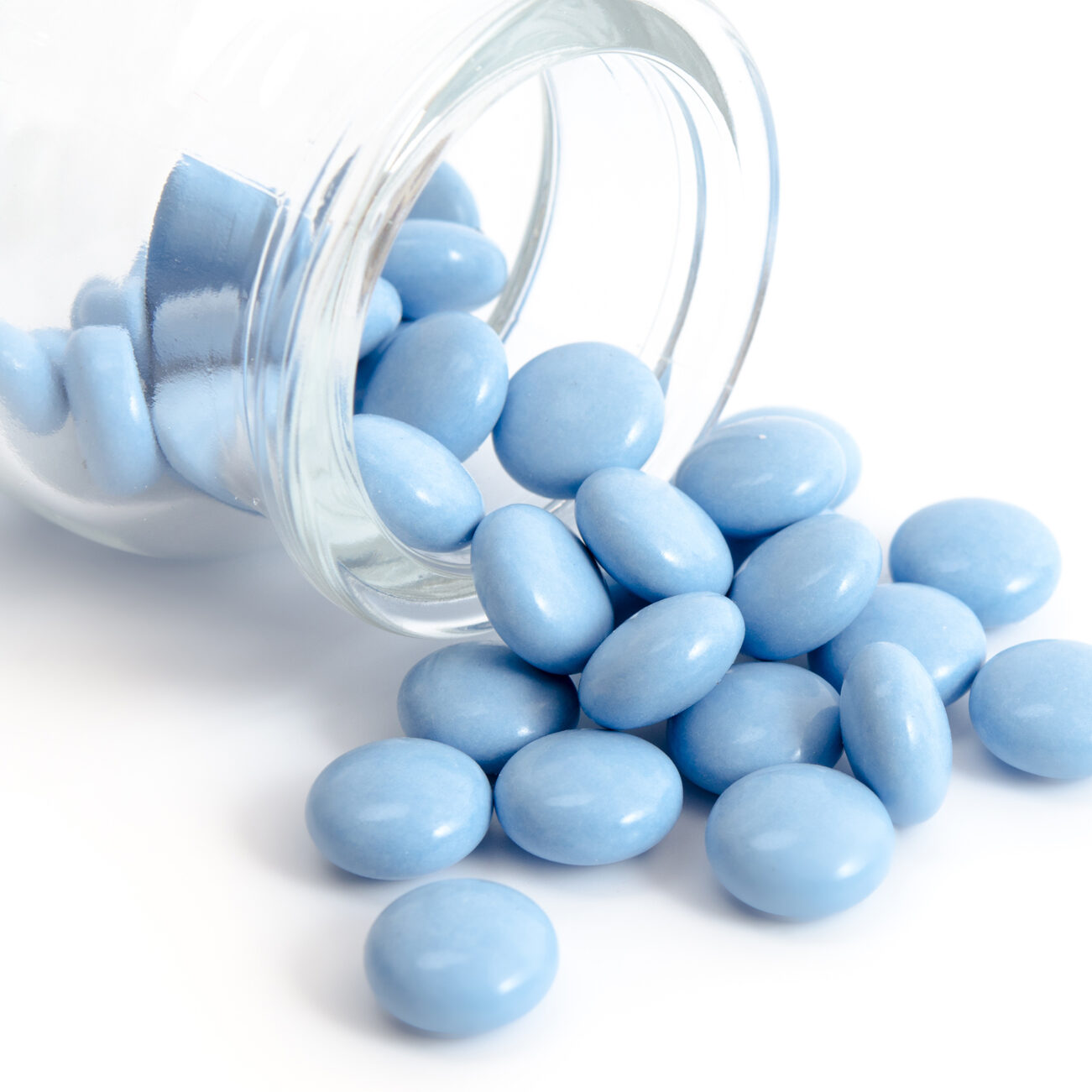

Surface aspect
Even smooth aspect shows no cracks, bumps, or missing coating.
Product integrity
In the early process stage, the core should not be broken, deformed, or sheared.
Stability
The product is void of stickiness (vitreous transition) and spots (fat).
Key quality parameters
The process parameters are multiple and interact.
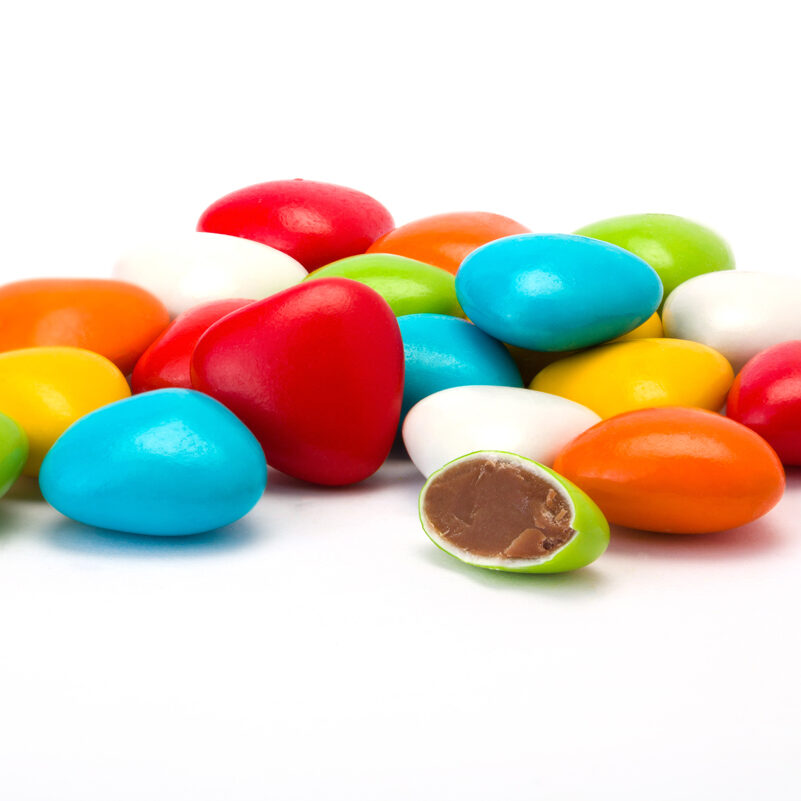

Core product
The surface texture (jelly vs. almond) and solidity (chocolate vs. nut) impose different operation conditions.
Ingredient composition
Composition affects the preparation, coating, and setting behaviour. In addition, it is submitted to the trend toward sugar and additive reduction.
Design and operation
The motion applied to the product depends on the pan design (shape and accessories and operation (speed, temperature, dosage).
APPLICATION
Discover more applications

